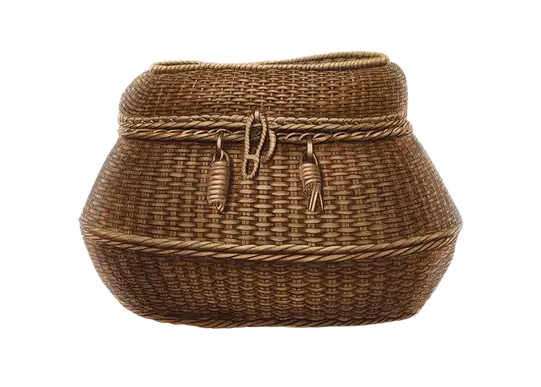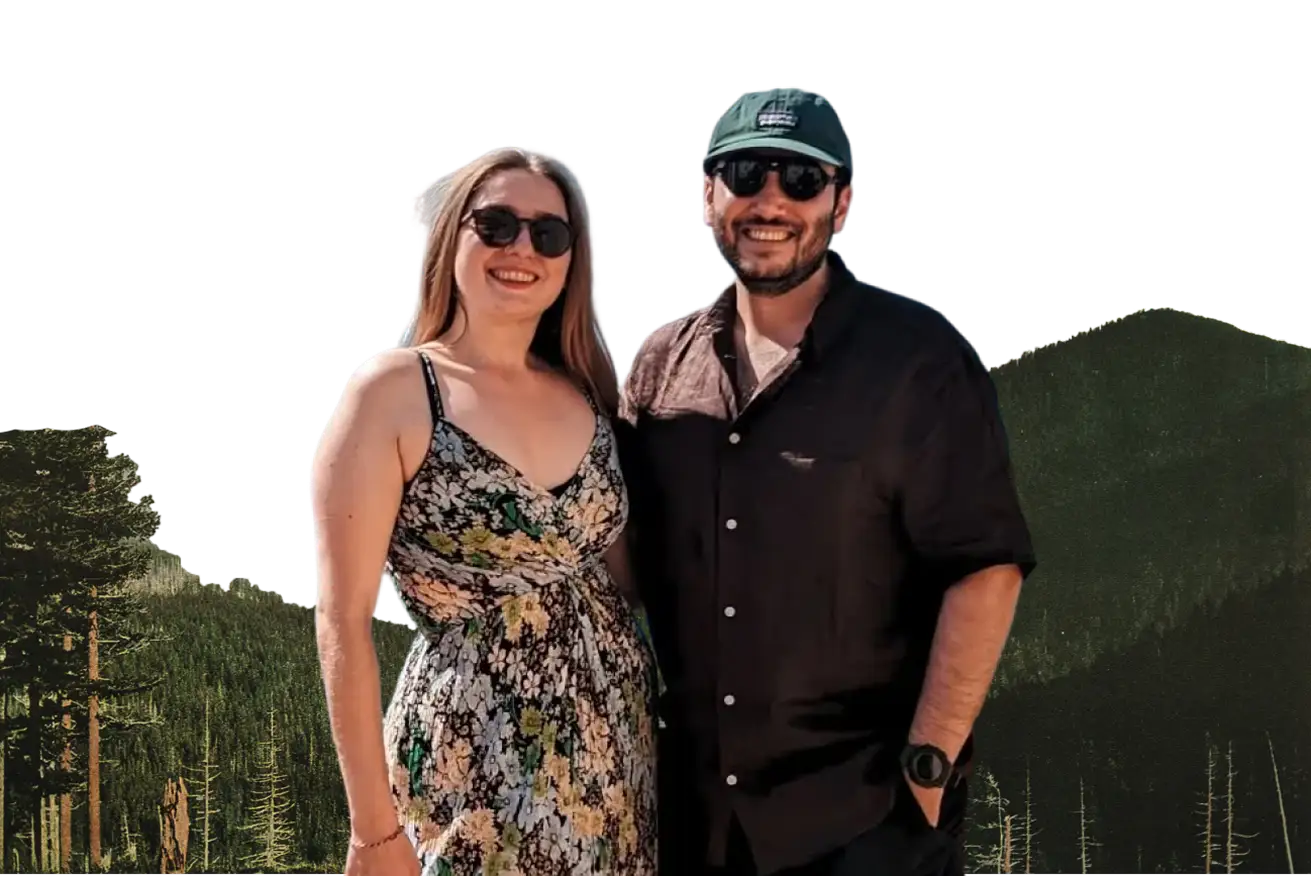There are faces in art that you look at, and there are faces that seem to look back at you. They hold your gaze across the centuries, and in that silent, startling moment of connection, an entire world opens up. The "Gypsy Girl" of Zeugma is one such face.
Housed in a quiet, dimly lit room in the Zeugma Mosaic Museum in Gaziantep, her eyes, crafted from tiny pieces of stone nearly two thousand years ago, are what you notice first. They are luminous, direct, and filled with a mystery that feels utterly contemporary. To stand before her is to feel seen by the past.
We came to see her, drawn by her fame. But we quickly realized that her story is not just about her undeniable beauty. It is a story of a once-great city, of a frantic race against rising waters, and of the profound power of a single rescued face to become the soul of a submerged world.
The city that breathed by the river
To understand her gaze, you must first imagine the city where she once lived: ancient Zeugma, a glittering Roman metropolis on the banks of the mighty Euphrates River. It was a city of bridges and crossings, a vital hub where legions marched and trade caravans rested. Wealthy Roman commanders and merchants built luxurious villas overlooking the water, their floors paved with spectacular mosaics that told stories of gods, heroes, and the pleasures of daily life.
For centuries, Zeugma thrived, a testament to Roman power on the eastern frontier. And then, like all empires, it faded, its treasures slowly buried under layers of earth and time, waiting.
A story of water and rescue
The modern story of Zeugma is a drama of water. In the 1990s, the planned construction of the Birecik Dam meant that the ancient city, with all its sleeping villas, was about to be drowned. What followed was a desperate, international race against time. Archaeologists worked tirelessly, their hands sifting through the earth as the waters of the new reservoir crept ever closer.
It was in one of those final, frantic moments, in the dining room of a villa about to be lost forever, that she was found. A fragment. A face. They called her the "Gypsy Girl" for her wild, untamed hair. Scholars debate her true identity – is she a Maenad, a follower of the god of wine? Is she Gaia, the goddess of the earth herself?
Perhaps it does not matter. What matters is the extraordinary life in her eyes, a spark of humanity saved from the brink of oblivion. Her rescue was a triumph, but it is also a poignant reminder of all the other stories, all the other faces, that now lie silent beneath the water.
The face of a city
Today, the "Gypsy Girl" is the heart of Gaziantep's magnificent museum. Her image has become a symbol for the entire city. But why? Why this particular face, this fragment?
Perhaps it is the directness of her gaze, which collapses two thousand years into a single, intimate moment of human connection. Perhaps it is the mystery in her expression – a hint of sadness, a flicker of wisdom, a quiet challenge. Or perhaps it is the story of her rescue that moves us so deeply, making her a symbol of all the fragile beauty that we fight to save from being forgotten.
Whatever the reason, her gaze holds the memory of a drowned city. She is not just a masterpiece of Roman art; she is an ambassador from a lost world, a quiet testament to both the heights of human creativity and the heartbreaking fragility of our shared heritage. To look into her eyes is to feel the profound weight of all the stories that lie just beneath the surface, waiting to be seen.
.svg)




